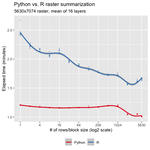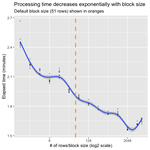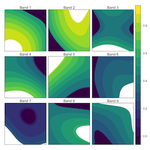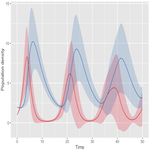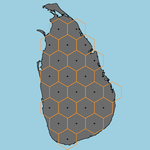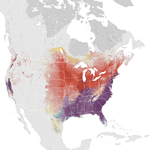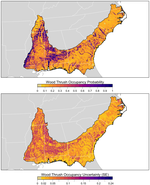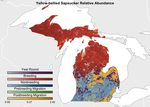I write code and build tools to turn biodiversity data into conservation and science insights. As part of the eBird Status and Trends team at the Cornell Lab of Ornithology, I help develop species distribution models to estimate the occurrence, abundance, and population trends of bird species at a high spatiotemporal resolution using data generated by the citizen-science project eBird. I work on all facets of this project, from model testing and development to visualization of model results.
To ensure eBird data are widely and correctly used in science and conservation, I produce data products, build open source tools, develop educational resources, and teach workshops.
Interests
- Bird Conservation
- Geographic Information Science
- Geovisualization
- Citizien Science Data
- R
Education
-
MSc Zoology, 2016
University of British Columbia
-
BSc Ecology, 2012
Univesity of Guelph
-
MSc Physics, 2006
University of Toronto
-
BSc Physics, 2005
University of Toronto
